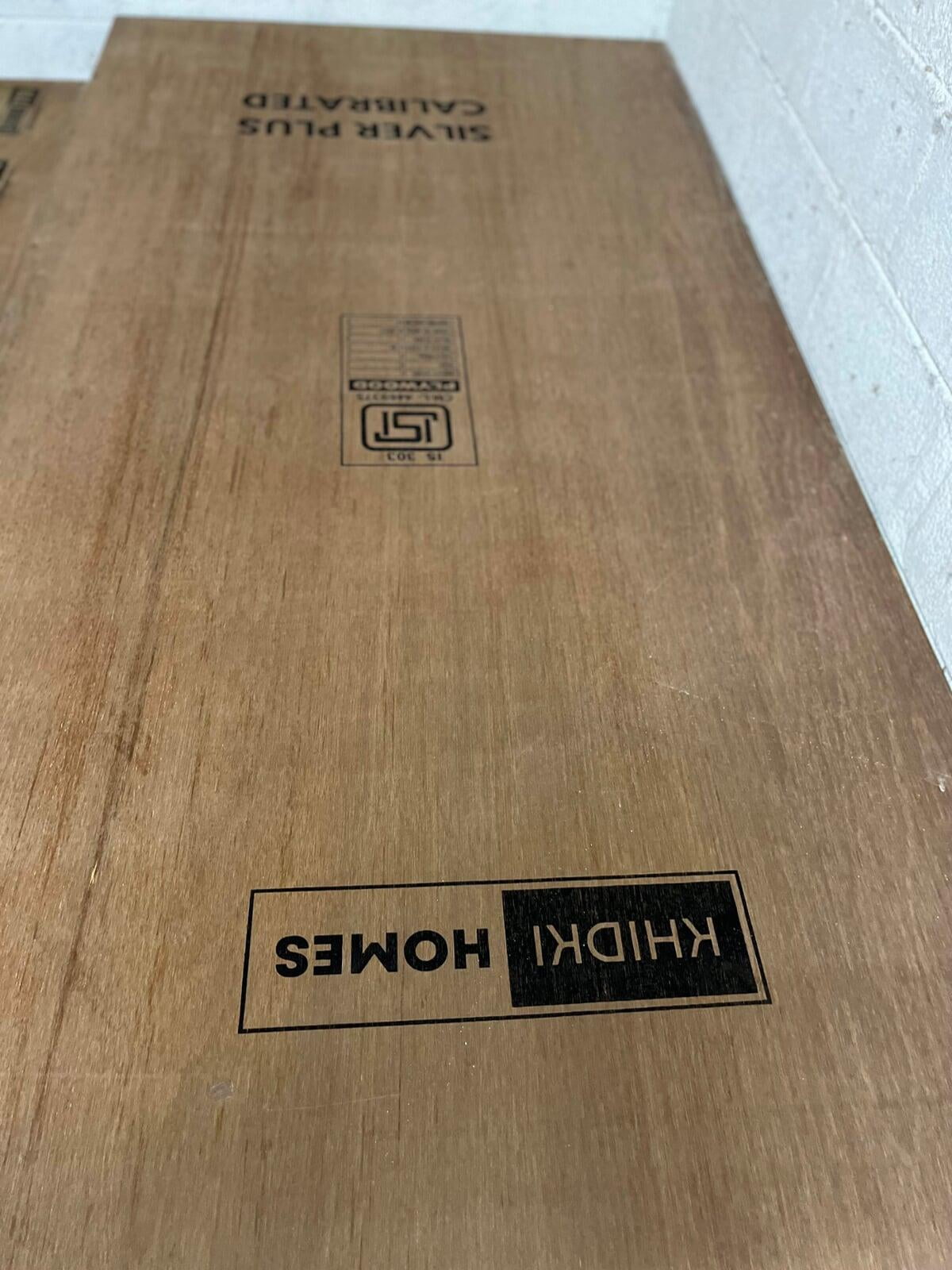Introduction:
Plywood, once primarily relegated to use in furniture and cabinetry, has undergone a transformation in recent years, becoming a versatile and integral material in modern architecture and construction. Its adaptability, strength, and aesthetic appeal have led architects and designers to explore innovative applications, pushing the boundaries of what is possible in building design. In this descriptive blog, we'll delve into some of the most innovative uses of plywood in modern architecture and construction, highlighting its versatility, sustainability, and structural capabilities.

Plywood as Structural Material: Innovative architects have begun to harness the structural properties of plywood to create robust and efficient building systems. Plywood's high strength-to-weight ratio makes it an ideal material for constructing walls, floors, and roofs in both residential and commercial buildings. Engineered wood products like cross-laminated timber (CLT) and glued-laminated timber (glulam) have gained popularity for their structural performance, allowing for the construction of tall buildings with minimal environmental impact.
Plywood in Curved Forms: Plywood's flexibility and bendability make it well-suited for creating curved and organic shapes in architecture. By laminating thin layers of plywood together and shaping them using heat or pressure, architects can achieve complex curved forms that would be difficult or impossible to achieve with traditional building materials. Plywood is used to create curved walls, ceilings, and furniture pieces, adding visual interest and dynamism to interior and exterior spaces.
Plywood as Cladding Material: Plywood has emerged as a popular cladding material in contemporary architecture, offering a unique aesthetic and texture to building facades. Plywood panels can be installed horizontally, vertically, or diagonally to create striking patterns and visual effects. Additionally, plywood can be treated with coatings and finishes to enhance durability and weather resistance, making it suitable for both exterior and interior applications.
Plywood in Prefabricated Construction: Prefabrication and modular construction methods are becoming increasingly prevalent in the building industry, driven by the need for speed, efficiency, and sustainability. Plywood plays a vital role in prefabricated construction systems, providing structural components, panels, and modules that can be assembled off-site and transported to the construction site for installation. Plywood-based prefabricated elements can be customized and mass-produced, offering cost-effective solutions for housing, commercial, and institutional projects.
Plywood in Interior Design: Plywood's natural warmth and texture make it a popular choice for interior finishes and furnishings in modern architecture. From wall paneling and flooring to furniture and millwork, plywood adds character and personality to interior spaces. Architects and designers are experimenting with innovative plywood treatments such as laser-cutting, CNC milling, and digital printing to create bespoke designs and patterns that reflect the unique vision of each project.
Plywood in Sustainable Design: As sustainability becomes increasingly important in architecture and construction, plywood's eco-friendly credentials are gaining recognition. Plywood is made from renewable and fast-growing wood species, and its manufacturing process generates less waste and consumes less energy compared to other building materials. Additionally, plywood can be sourced from responsibly managed forests or reclaimed wood sources, further reducing its environmental impact.
Conclusion
Innovative architects and designers are pushing the boundaries of plywood's potential in modern architecture and construction, exploring new techniques, applications, and aesthetics. From structural systems and curved forms to cladding, prefabrication, interior design, and sustainability, plywood offers endless possibilities for creative expression and functional excellence. As the building industry continues to evolve, plywood will undoubtedly remain a key player, shaping the built environment for generations to come.






